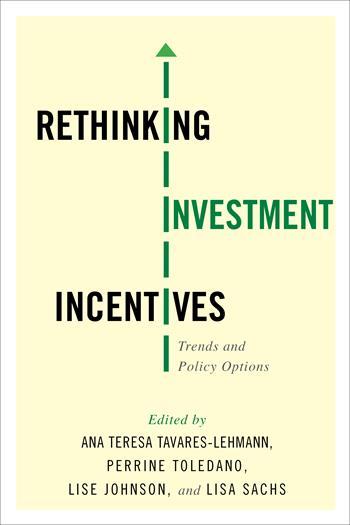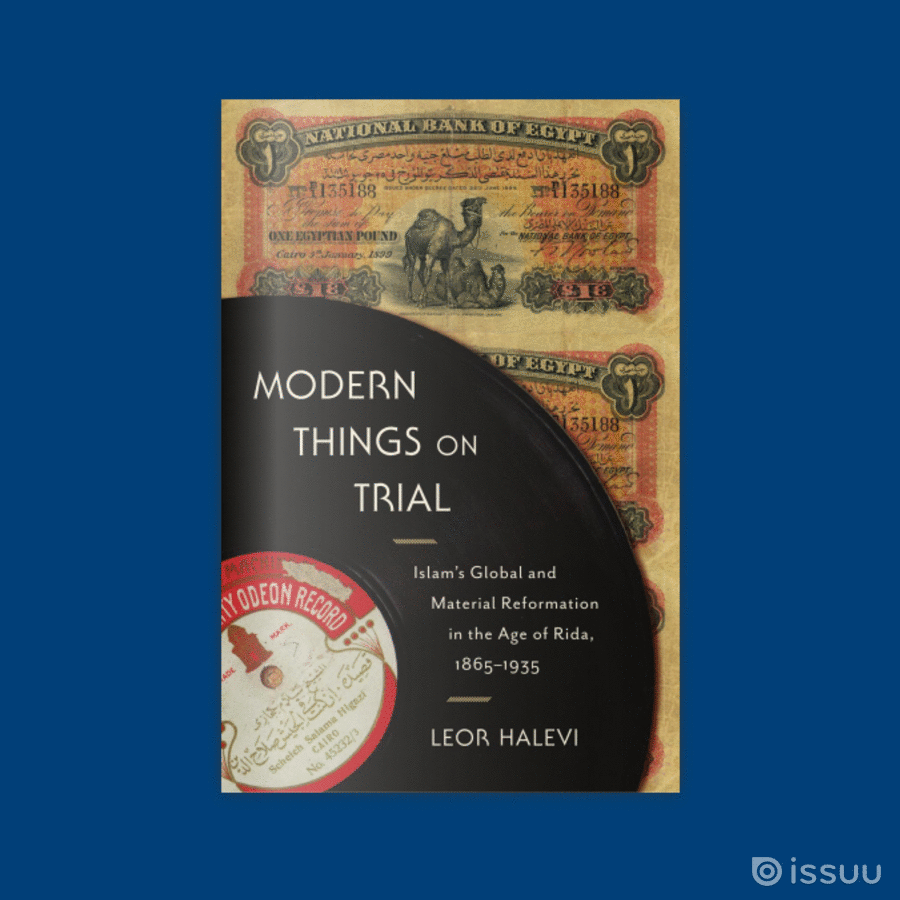The Forgotten World of Communist Bookstores
“As avowed anticapitalists, communists made for unlikely business owners. But as entrepreneurs, their objective was to promote ideology and cover costs, not maximize profits…. Their politics were also paradoxical. Unwavering supporters of Stalin abroad, American communists were relentless champions of democracy and civil liberties at home. And their bookstores helped them circulate a domestic agenda of racial and social equality.” — Joshua Clark Davis
This week, we are featuring two books from our exciting new Columbia Studies in the History of U.S. Capitalism series: Creditworthy: A History of Consumer Surveillance and Financial Identity in America, by Josh Lauer, and From Head Shops to Whole Foods: The Rise and Fall of Activist Entrepreneurs, by Joshua Clark Davis. In today’s post, we are delighted to share an excerpt from Joshua Clark Davis’s article on communist bookstores in Jacobin Magazine. You can read the article in full at the Jacobin website.
Don’t forget to enter our book giveaway for a chance to win a free copy of both books!
The Forgotten World of Communist Bookstores
By Joshua Clark Davis
Their names proclaimed a new age: The Modern. The Progressive. The New Era. The New World. Others looked to the past, evoking American political heroes like Thomas Paine and Abraham Lincoln.
They were targets of FBI investigations and congressional hearings on “un-American activities.” J. Edgar Hoover condemned them for selling publications that “indoctrinate . . . members and sympathizers” of the Communist Party and “propagandize the non-communist masses.”
While largely forgotten today, communist bookstores were one of the most important public spaces for Marxism in the United States in the twentieth century. Most Americans didn’t personally know a communist. But in cities across the country, radicals made their presence known at unassuming bookstores. Teeming with texts by Marx, Engels, and Lenin, these stores also stocked the Daily Worker and the latest publications by party officials from the United States, the Soviet Union, and other countries around the world.
Communist bookstores provided a critical public space for radicals, operating in virtually every major American city. Chicago, Los Angeles, and New York had several apiece. Smaller and ostensibly less radical locales such as Birmingham, Houston, and Omaha, had communist bookstores, too.
Decades before alt-right trolls viciously attacked left-wing writers online, right-wing extremists targeted communist booksellers, accusing them of the most insidious crimes imaginable. “Visit any Communist bookstore in the United States and you will find books printed in Moscow and Peking in English for one, two, and three-year-old babies,” warned Fred Schwarz, author of the 1956 redbaiting bestseller You Can Trust the Communists (To Be Communists). “The Communists want the children. They do not care so much about the adults whom they consider as already contaminated with the disease of Capitalism and consequently of little use to them.”
It’s not entirely clear when communists first sold books in the US. But almost as soon as they split off from the Socialist Party of America to form their own parties in 1919, communists opened their own bookstores, too.
Communist booksellers immediately became targets of state repression as they faced an intense postwar backlash against so-called subversion. In 1919, the New York legislature established a committee to investigate “seditious activities” in the state. As part of the investigation, a group of fifty state police officers and right-wing volunteers led by Deputy Attorney General Samuel Berger raided the People’s House bookshop of the Rand School of Social Science, then New York’s premier radical educational center. The investigators seized communist books and papers, but prosecutors eventually failed to convict the bookstore’s employees of sedition.
As avowed anticapitalists, communists made for unlikely business owners. But as entrepreneurs, their objective was to promote ideology and cover costs, not maximize profits. Red bookstores spread rapidly as the ranks of the consolidated Communist Party of the United States of America (CPUSA) swelled during the Depression. By the end of the 1930s, roughly fifty communist bookstores were open for business. Their politics were also paradoxical. Unwavering supporters of Stalin abroad, American communists were relentless champions of democracy and civil liberties at home. And their bookstores helped them circulate a domestic agenda of racial and social equality.
Communists in the US were sophisticated marketers. International Publishers (IP), the official CPUSA publishing house operated by Alexander Trachtenberg, oversaw an extensive network for distributing communist publications in the US. Trachtenberg, a Ukrainian Jew who had fled Russian pogroms for the United States in 1906, managed IP since it was founded by the party and wealthy socialist A. A. Heller in 1924. The CP paid in advance for texts written by party leaders, typically placing bulk orders in the range of five thousand copies prior to publication but sometimes distributing as many as one hundred thousand. Every party branch across the country had an official “literature agent” that worked with the bookstores and IP to make sure that official texts ended up in the hands of party members (who received a discount of up to 60 percent on publications).
A 1941 advertisement in the Daily Worker suggests the CP’s sales priorities that year. The ad for the Workers Book Shop in New York announced “150,000 volumes to be sold” in “the greatest sale in our history.” In addition to classics like the collected works of Lenin and Marx and Engels’s writings on the American Civil War, the store offered less remembered (and more intimidating) titles like J. B. S. Haldane’s Marxist Philosophy and the Sciences, David Guest’s A Textbook of Dialectical Materialism, and Eugen Varga and Lev Mendelsohn’s New Data for Lenin’s Imperialism for as little as 49 cents apiece.
…
Despite these challenges, surviving communist bookstores enjoyed a small renaissance in the late 1960s and 1970s. The New Communist Movement — an ultra-left offshoot of the New Left — launched an array of Marxist-Leninist organizations and sought to radicalize existing unions in these years. But in the 1980s and ’90s, two unforeseen transformations overwhelmed this modest uptick in activity.
First, and most dramatically, nearly twenty Communist governments fell in a three-year-stretch. The Soviets had directed American Communists and overseen their bookstores for decades, so the Berlin Wall’s collapse and the implosion of state socialism — despite being a boon for free expression in the Eastern Bloc — had a deleterious effect on communist bookstores in the US.
Second, there was the rise of bookstore chains. As stores like Barnes & Noble and Borders aggressively expanded in the mid-to-late 1990s, they began to sell many of the books that had once been the specialty of more radical independents — not only Marxist booksellers, but also black leftist and feminist bookstores. And as online booksellers like Amazon became household names by the end of the decade, Americans could purchase virtually any book with an ISBN number with a just few clicks of a mouse. Today, many bestselling communist texts are available for free online on sites like Marxists.org.
Some radical brick-and-mortar bookstores still operate today. Few identify strictly as communist, and even fewer are associated with the CPUSA, a party that has struggled in recent decades to reach even ten thousand members. Newer independent radical bookstores such as Red Emma’s in Baltimore and Bluestockings in New York’s East Village draw customers with cafes and frequent speaker events.
Venture into one of these shops and you’ll glimpse the legacy of a bygone era, one in which communist bookstores — despite facing considerable financial and political hardships — helped their customers envision radical worlds that were often otherwise unimaginable in America.
Read the article in full at the Jacobin Magazine website.







